The PS3 era was a happy time. Those halcyon days of seventh generation console gaming feel like an eternity ago for many, but looking back at the annals of history reveals a litany of classic games that seemed, at the time at least, like they could never be bettered. Massive AAA heavy hitters such as GTA V, The Last of Us, Arkham City, the first three Uncharted games, not to mention Skyrim, Fallout: New Vegas and Dark Souls, cemented the seventh generation as a golden age of gaming.
Heavyweight blockbusters such as these may have stolen the headlines and charged ahead in the race for revenue and sales, but there were countless other releases that slipped under the mainstream radar. Sometimes this lack of recognition was utterly warranted, but it remains a sad fact that some games simply never got the credit they deserved despite their obvious qualities. With these hidden gems to add to your backlog, it’s time to give some bangers the shine they deserve.
1. Short Peace: Ranko Tsukigime’s Longest Day

Developer: Crispy’s!, Grasshopper Manufacture
Publisher: Bandai Namco
There’s perhaps never been a more unique game than Short Peace: Ranko Tsukigime’s Longest Day, and that has nothing to do with the actual contents of the game itself. Ranko Tsukigime’s Longest Day is a 2D side scroller following the titular heroine as she plans to assassinate her own father, racing through levels as she attempts to outrun a wave of spirits trying to kill her. It’s fast-paced, fun and the story was written by Suda51, so you know it’s going to be a little bit bonkers.
However, the really interesting part concerns the Short Peace section of the title, as Ranko Tsukigime’s Longest Day was just a small part of the multimedia project that was Short Peace. The full project included an additional 4 animated short films, with one of the films in question (Possessions/Tsukumo) being nominated for an Oscar at the 86th Academy Awards. How many PS3 games can you think of that were part of an Oscar-winning project? Exactly.
2. Tokyo Jungle
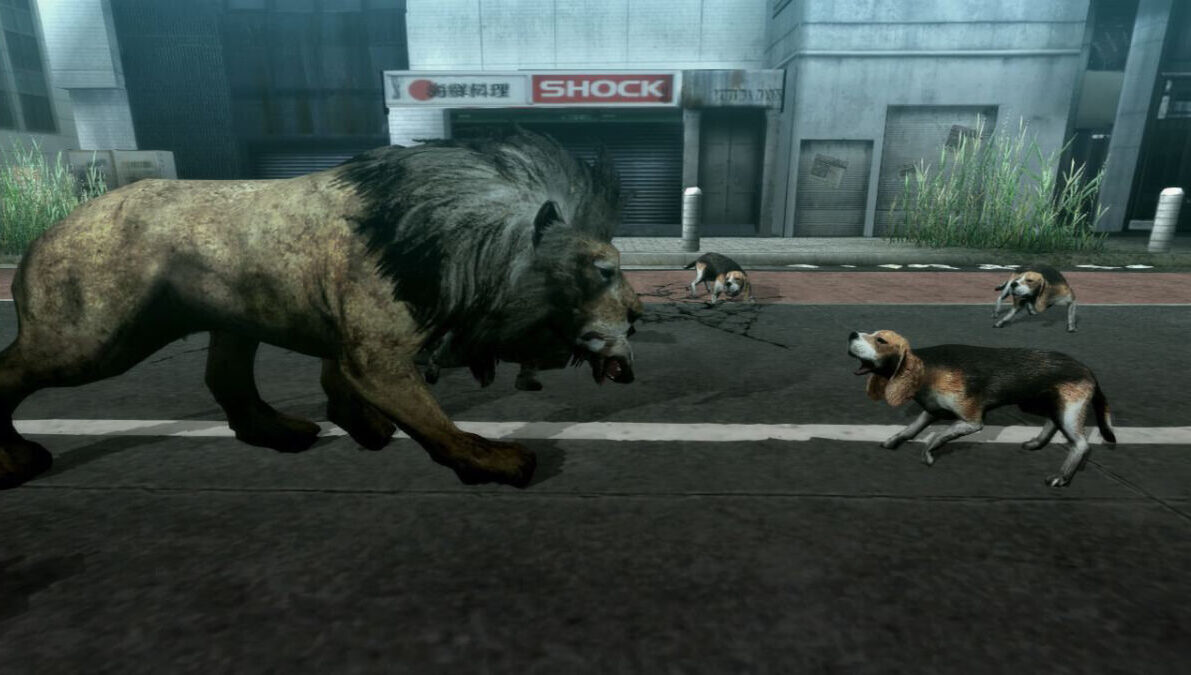
Developer: Crispy’s!
Publisher: Sony Computer Entertainment
The byword on weird PS3 games, or at least the first one people tend to think of, Tokyo Jungle wasn’t exactly a huge critical or commercial success, with the game’s director even giving an interview talking about how the game was broadly received negatively in North America. Despite that though, Tokyo Jungle still managed to achieve cult status with its quirky gameplay and tone, as who wouldn’t want to be a pomeranian exploring a ruined Tokyo? It’s basically Stray before Stray even existed.
Set in a world where humanity has disappeared, Tokyo Jungle is a game of two halves. The story mode focuses on a number of different animals as their attempts to survive collide with each other throughout the game across a number of levels, while the survival mode allows players to pick from a variety of animals and attempt to either establish or defy their place on the food chain.
3. Lollipop Chainsaw
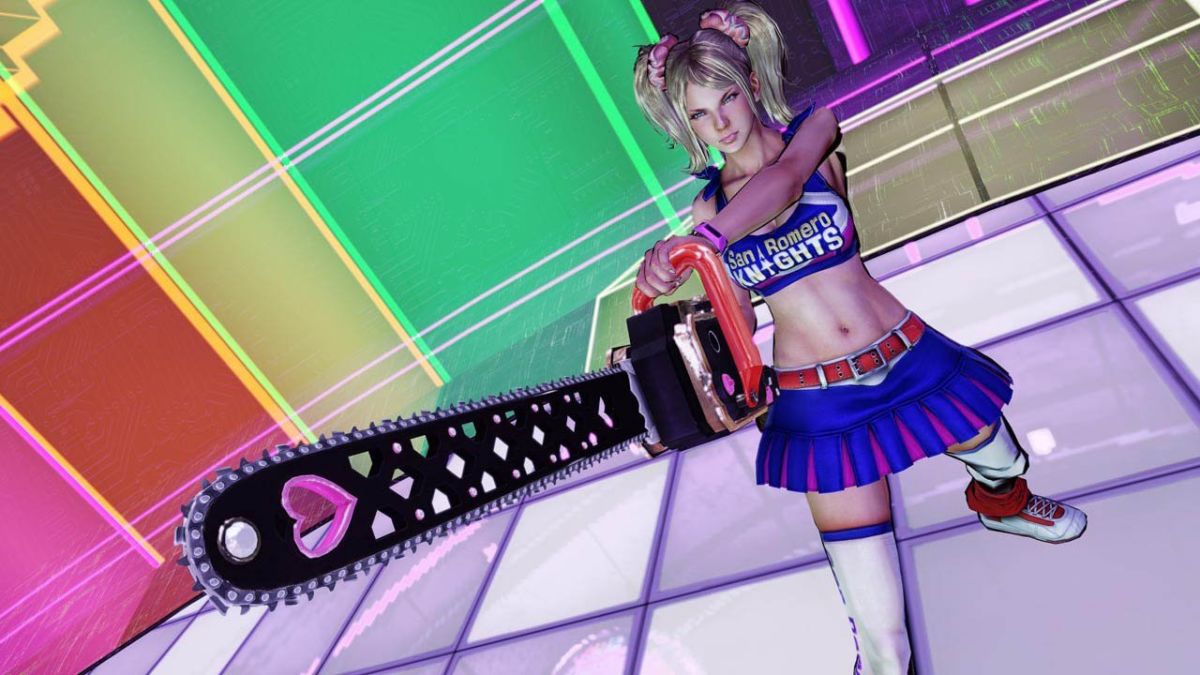
Developers: Grasshopper Manufacture
Publishers: Warner Bros.
Lollipop Chainsaw is one of those odd games where it feels like lots of people have heard about it but not many have actually picked up and played the thing. Maybe having a semi-naked cheerleader (always a popular costume for enthusiastic cosplayers) as a mascot helped keep the game alive within the cultural conscience more than the actual game ever could.
Lollipop Chainsaw is essentially a classic hack-and-slash zombie slayer in which you assume the role of Juliet Starling, a ditsy blonde pom-pom twirler clad in nothing but a miniskirt and crop top and wielding an oversized chainsaw, cutting her way through swathes of zombies like Ash Williams cosplaying as one of the protagonists from Mean Girls. Lollipop Chainsaw’s tongue isn’t so much in its cheek as it is digging into its own jawbone like a pneumatic drill.
It’s all lightweight, self-referential fun, but Grasshopper’s experiment was just a bit too flippant and flimsy to be ever taken too seriously, a lightweight piece of diversion that could never quite challenge the increasingly serious and grim AAA titans. Perhaps most notable for featuring Guardians of the Galaxy director James Gunn as its co-writer, Lollipop Chainsaw ended up as cheap, cheerful and sadly overlooked by the masses.
It has a remake on the w–oh, it’s just a remaster now? That’s weird, but hopefully it means they can maybe keep all that licensed music now.
4. ModNation Racers
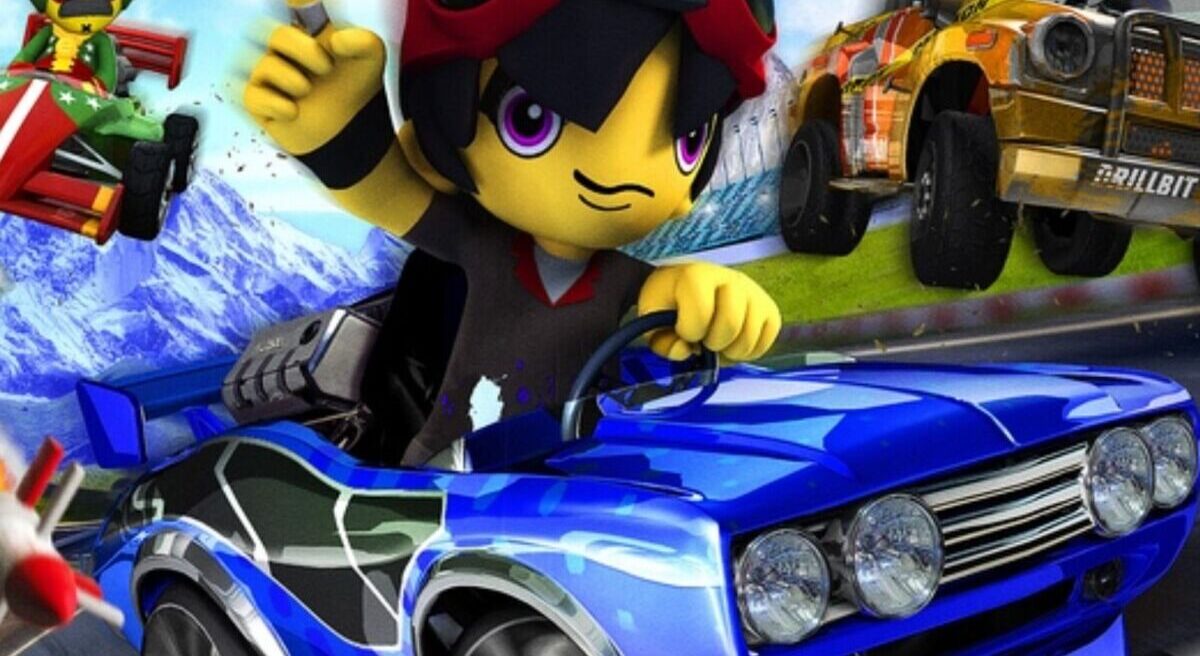
Developer: United Front Games
Publisher: Sony Computer Entertainment
Sony really tried to carve a niche out for the PS3 by making it a home for creation enthusiasts to share their work online. The PS3 saw the debut of the LittleBigPlanet series, which was an almost unparalleled level of freedom given to console players to create their own platforming levels, and while they’d eventually make a LBP kart racing game too, ModNation Racers got there first. Of course, Sony would recruit the ModNation team to work on LittleBigPlanet Karting anyway, so if anything, ModNation was a perfect proof of concept.
A Mario Kart-esque racing game with similar drifting mechanics and plenty of weapons to gain an advantage over your opponents, the real highlight of ModNation Racers was of course the ability to create your own custom race tracks and share them online with the whole world. The process of creating these tracks was actually pretty straightforward, meaning anyone could get to grips with the tools and create the next Silverstone.
Or a Rainbow Road rip-off. Your choice.
5. Splatterhouse
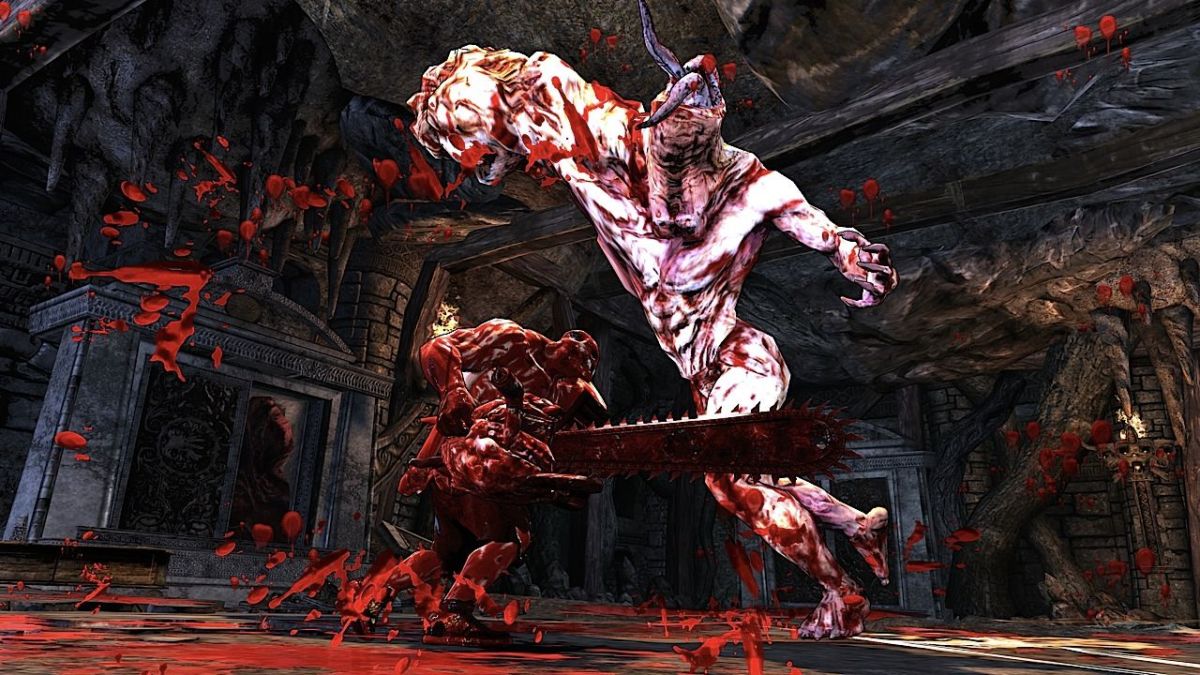
Developer: Bottlerocket, Namco Bandai
Publisher: Namco Bandai
As far as games that do what they say on the tin, you can’t really get more transparent than BottleRocket and Namco’s 2009 blood-soaked hack-and-slasher Splatterhouse, a ludicrously over-the-top reboot of the original Splatterhouse franchise that spends most of its time bathed in swathes of crimson blood and gut-laden gore.
Splatterhouse isn’t just a violent game, it’s an unashamedly weird one, often to its benefit. When his girlfriend Jennifer is kidnapped by a nefarious doctor and professor of necrobiology, protagonist Rick manages to save his own life by putting on a ghoulish disguise known as the Terror Mask, transforming him into a Hulk-like creature blessed with super strength and power.
Everything about Splatterhouse has the trashy, metal-infused psychotic vibes that were more typical of games released in the early to mid-2000s, operating even in 2010 as something of a strange throwback that showed full commitment to its relentlessly gory premise. Sure, it might run about as effectively as Lieutenant Dan trying to keep up with Forrest Gump, but it’s still a fun time.
With a heavy metal soundtrack blasting away in the background, Splatterhouse is the game to seek out if you like impaling demons on spikes while listening to Five Finger Death Punch. And, let’s face it, who doesn’t?
6. 3D Dot Game Heroes

Developer: Silicon Studio
Publisher: FromSoftware, Atlus USA, SouthPeak Games
3D Dot Game Heroes wasn’t the first 3D game to do the whole “cor, remember when games were 2D and pixelated? What a trip” routine, and it wasn’t the last either, but cheap jokes and a retro aesthetic will only get you so far. At the end of the day, your game needs to be enjoyable enough to stand on its own two feet, and 3D Dot Game Heroes passed that check with flying colors, giving players an old school Zelda-like adventure with more modern trappings.
Developed in just 10 months as a means of showcasing Silicon Studio’s own middleware tech, 3D Dot Game Heroes sees the grandson of a great hero setting out on their own journey to stop an evil their grandad sealed away. You’ll explore a 3D world that still looks 2D thanks to the game’s voxel graphics, and you can even use the in-game 3D sprite editor to create your own character, or just recreate Mario instead.
And yes, you didn’t imagine the name as the publisher: FromSoftware really did publish this in Japan. Where’s all the poison swamps at?
7. Folklore
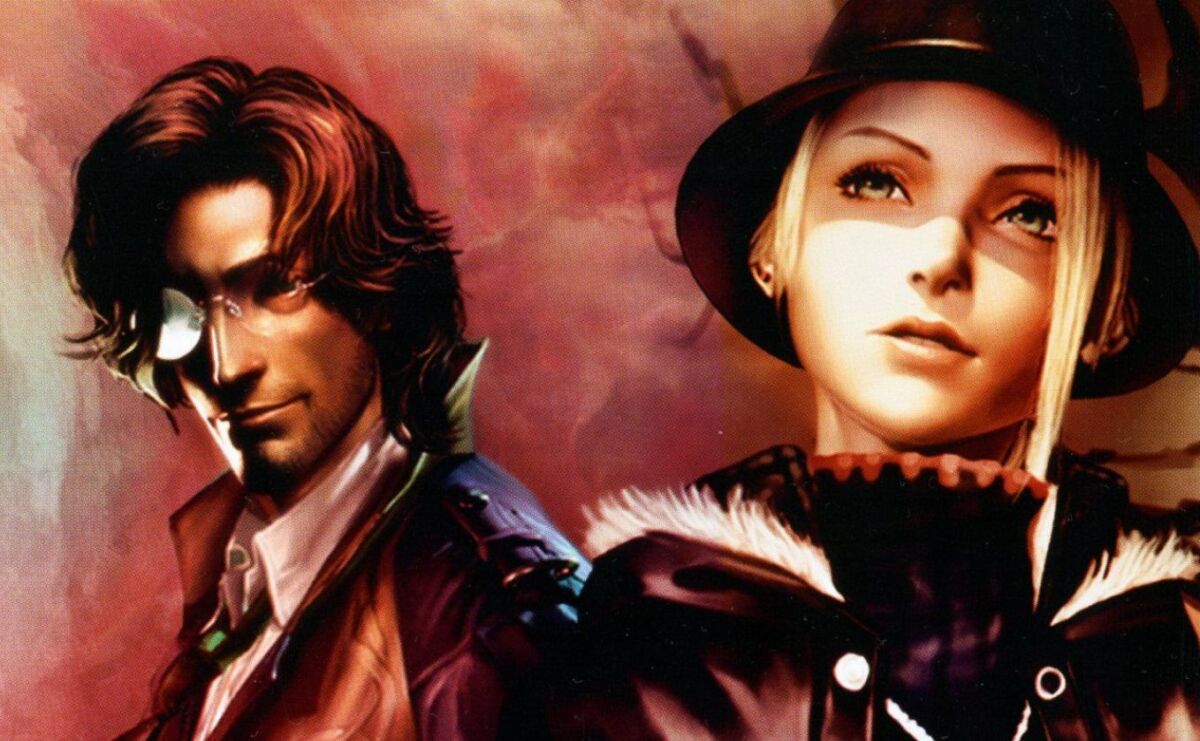
Developer: Game Republic
Publisher: Sony Computer Entertainment
The first of two appearances for Japanese developers Game Republic on this list, Irish mythology-inspired RPG Folklore was another game that seemed to demonstrate that concepts don’t always translate well from an Eastern studio to Western audiences.
Released in 2007 at the start of a new console generation, Folklore was bold enough to play with a mythology and ideas not often seen within mainstream gaming circles. Greek and Norse legends have become commonplace with releases such as Immortals: Fenyx Rising, Hades and the God of War games, but having the confidence to take on the earthy, mischievous realm of indigenous Irish myths and folktale was pretty much untrodden ground.
What’s striking about Folklore is just how dark and creepy it can be, the tale of a journalist and a young woman drawn into the Celtic Netherworld in order to solve a longstanding murder mystery feeling strange and unsettling, an effect only augmented by some authentic and striking art design. Folklore often feels Alice in Wonderland-esque in terms of the way it pulls you into its dark and dreamy world.
Game Republic’s ambition didn’t pay off, though, certainly not in terms of revenue and commercial return, and while it certainly didn’t end up as a critical dud, Folklore didn’t quite take the world by storm through its glowing reviews, either. The studio couldn’t catch a break during its brief lifespan, with the trippy RPG another entry in a litany of games that failed to spark critical and commercial glory.
If you want a weird, unpolished gem from the past, Folklore is certainly a trip.
8. Warhawk
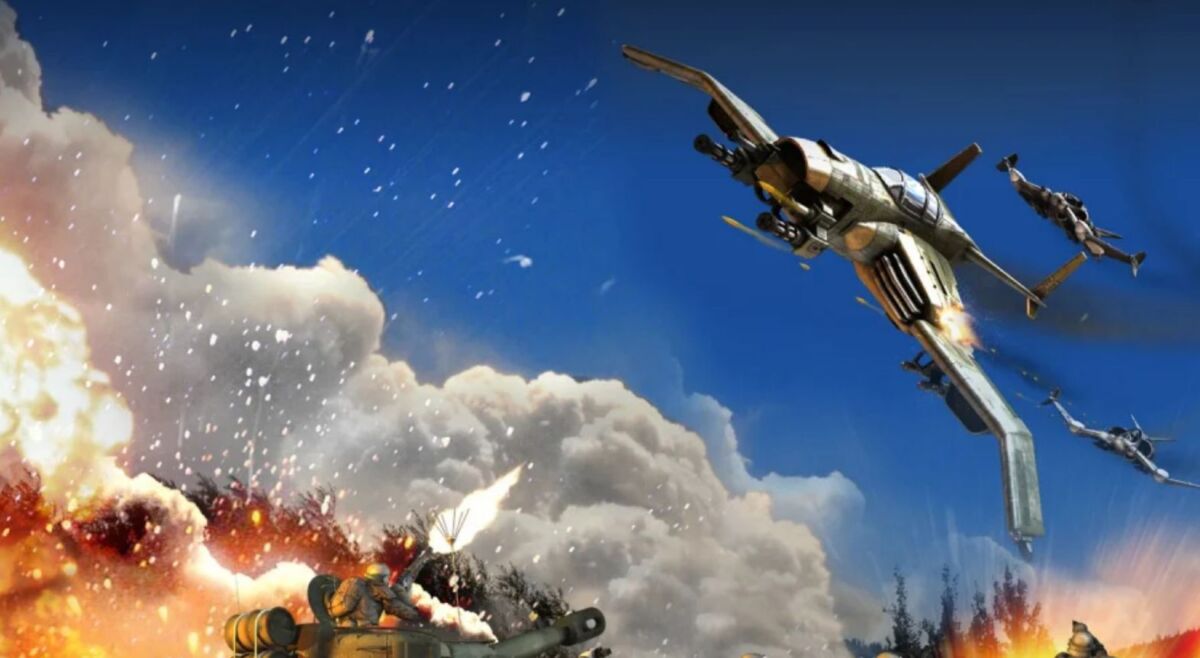
Developer: Incognito Entertainment
Publisher: Sony Computer Entertainment
Perhaps Sony’s most forgotten exclusive franchise (next to Ape Escape, Sony, you cowards), Warhawk originally started life as a flight simulation game on the PS1, receiving pretty decent reviews at the time, but would fall into obscurity for about a decade. The Warhawk ship, or at least some version of it, did appear as the final boss in Twisted Metal: Black, but it wouldn’t be until 2007 when the Warhawk series was revived properly for the PS3. This time around, Warhawk was a multiplayer game, with both flying and on-foot gameplay.
Players would square off against each other across a range of modes, with Warhawk offering the ability to use the Sixaxis’ motion controls when piloting the Warhawk ship itself, though many just settled for the default analog sticks. At the time of Warhawk’s launch, the game received plenty of ire as the servers weren’t working properly for a few months, but now, even after the game’s official servers have been nuked, you can still play online thanks to the work of passionate gamers like the team at PS Network Online Emulated.
Helldivers 2 has proven that Sony can publish a live service game that’s just all-round fun without being predatory or, worst of all, boring. Here’s hoping Warhawk can get that same treatment.
9. SIREN: Blood Curse

Developer: Japan Studio
Publisher: Sony Computer Entertainment
With Resident Evil and Silent Hill hogging all of the limelight in the horror games stakes, Japan Studio’s Siren franchise ended up starved of attention. Never an obscure no-hoper but hardly a mainstream colossus, Siren entries ended up being the sort of games played by people with a genuine enthusiasm for the genre rather than by casual tourists looking for a quick and easy fright.
Debuting in 2008 exclusively for the PS3, Blood Curse was a reimagining of the very first Siren game, expanding upon the lore and story of the original with a new graphics engine, additional characters and a deeper, more explorative story. Set in the fictional Hanuda Village in Japan, Blood Curse centres on the attempts of the game’s core cast of players to uncover the mysteries of the strange supernatural forces that have descended upon the isolated village and have caused, among other things, the dead to rise from their graves.
Blood Curse distinguishes itself by being legitimately scary, to the point at which it’s worth going back and revisiting a game that is now nearly fifteen years old yet still capable of eliciting a raise in the heartbeat or chills in the spine.
For fans of Japanese horror, you’d be foolish not to heed the call of Blood Curse’s alluring terrifying siren.
10. Binary Domain
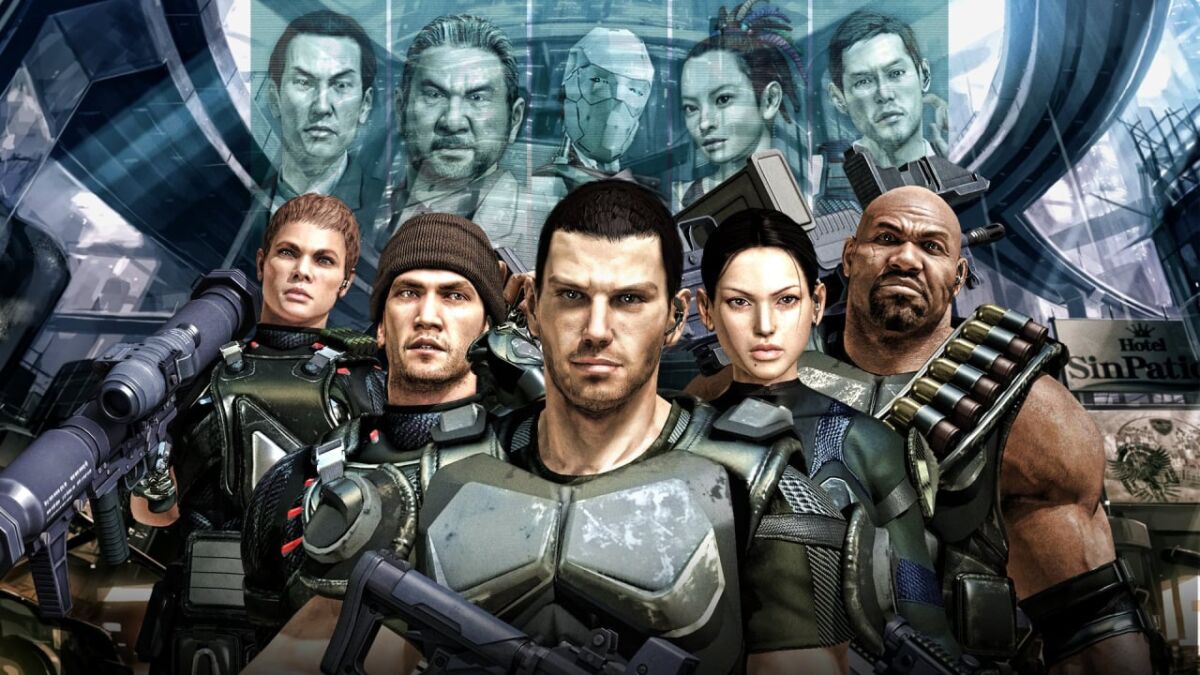
Developer: Ryu Ga Gotoku Studio
Publisher: SEGA
It’s great that RGG Studio have finally started earning their flowers among the mainstream gaming audience, thanks to the success of the Like A Dragon and Judgment games, but RGG were putting in work for the PS3 that’s gone underrated and underappreciated by the vast majority. While we won’t try to sit here and tell you why you should play Yakuza: Dead Souls in 2024, we’re definitely saying that Binary Domain deserved more love than it received.
A third person cover shooter in the same vein as games like Gears of War, Binary Domain jumps ahead to the 2070s, when much of the planet has been devastated by climate change and Japan has become an isolationist state that’s created robots which think they’re human. Naturally, that’s an affront to God, justice and the American way, so you and a team of elite international badasses are shipped off to fight a bunch of robots.
It’s daft like a lot of SEGA’s games around this time, but it’s all the better for it.
READ NEXT: 50 Best Strategy Games of All Time
Some of the coverage you find on Cultured Vultures contains affiliate links, which provide us with small commissions based on purchases made from visiting our site.
